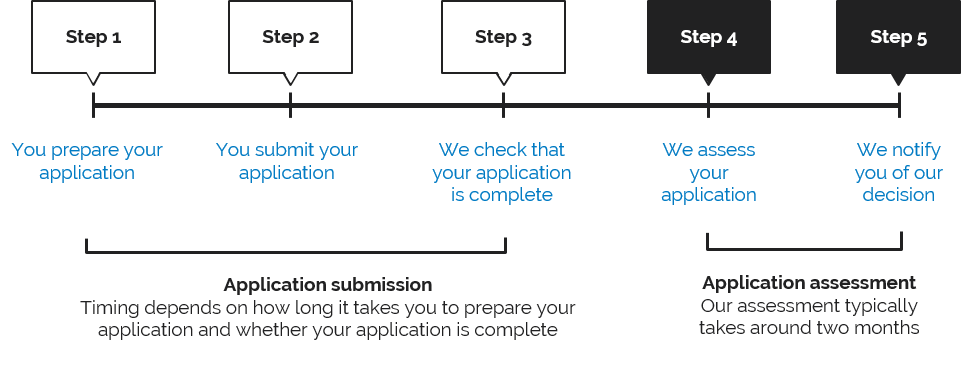
Your accreditation notice sets out the activities for which you are accredited and the conditions of your accreditation. You can apply to change these at any time. Your application must be made on TESSA and include required information.
This page tells you:
- what you can apply for
- the information you must give us
- how we process your application.
